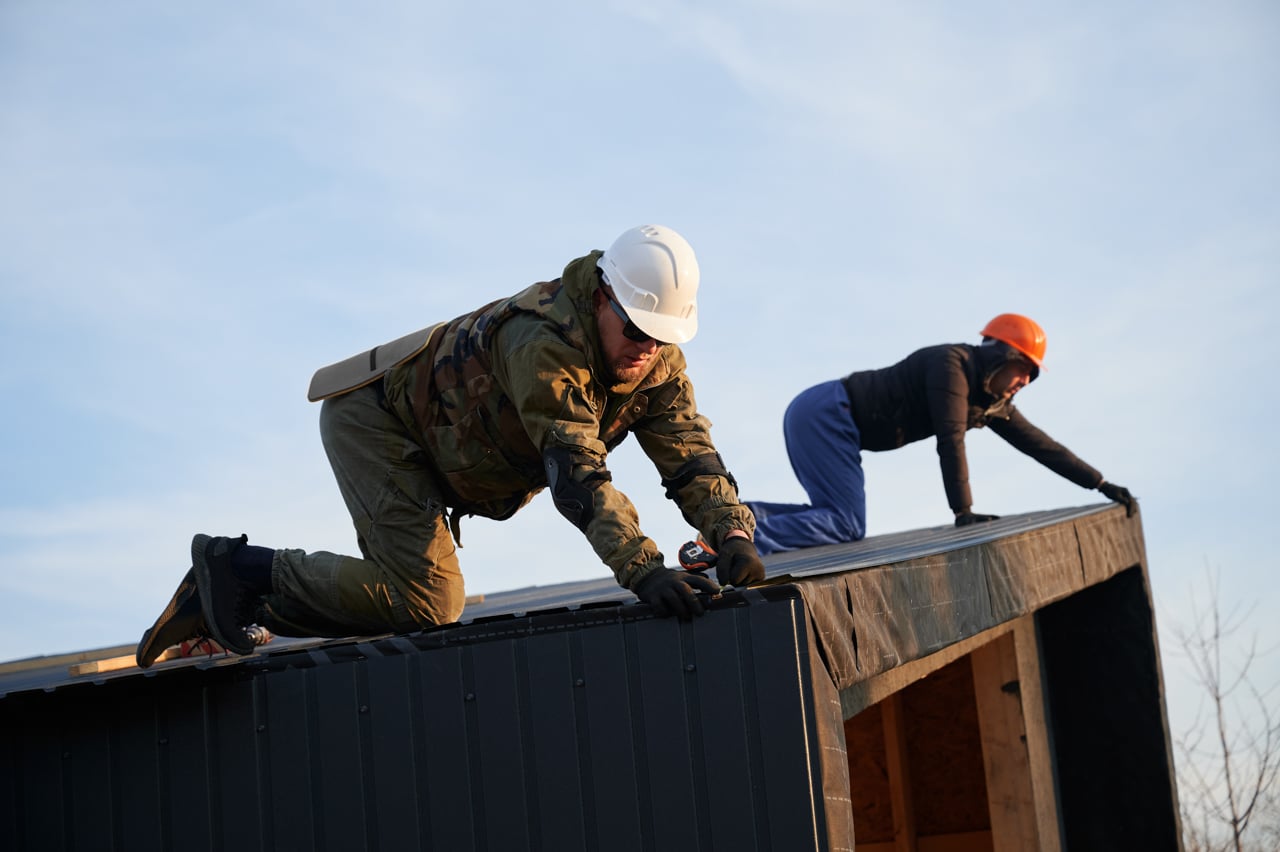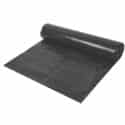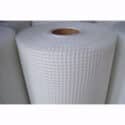14 Mar 2022
A Guide To Different Uses Of Aluminium Foil
We have highly popular aluminium foil membrane available for sale at Trade Store, that can be used to waterproof and insulate any sort of building structure
Aluminium reflects heat, and is a very common metal product with a variety of uses. It is used in many ways, such as for making crafts, lining pans, and more. But there is so much more to it than just the usual uses that you may be used to.
It’s a wonderful choice for use in the house, as well as construction.
Aluminium foil membrane is used in the construction industry for a variety of reasons, but the most common use is for roofing as the multi layers (three layer product) offer a reflective surface that enhances thermal performance in order to prevent heat loss.
We’re going to take a look at the construction industry uses in more detail, so read on to find out why you should be using aluminium foil membrane a lot more in the home.
What Is Aluminium Foil Membrane?
Aluminium foil membrane is a flexible foil insulation material that is used in a variety of settings, including homes and industrial establishments.
We have highly popular aluminium foil membrane available for sale at Trade Store, that can be used to waterproof and insulate any sort of building structure. It’s also an excellent roofing material since it may be utilised as a foil roof underlay.
Internally Reinforced Membrane Sheet
Aluminium foil membrane is made from aluminium metal that has been rolled into sheets. It can be used in the construction of houses and buildings, as a heat shield on spacecraft and rockets, and so much more.
This metal is non corrosive ie) does not corrode or rust easily, hence it can be reused many times before it needs to be discarded.
Aluminium Foil Membrane
When we start to look at it in an industrial sense, it’s easy to see why aluminium foil has many industrial uses. As it acts as thermal insulation and waterproof barrier, meaning it can also be applied to the exterior of homes to reduce heat loss through windows, walls and any roof structure.
Outperforms Standard Breather Membranes
Aluminium foil is a type of metal that is resistant to radiant heat. It’s also strong and waterproof, whilst offering a heat absorption layer.
This type of metal has many properties which make it a great material for various purposes. For example, aluminium foil is heat resistant, meaning it can withstand high temperatures without changing its shape or melting away. Because of this, you can see why it’s used in insulation.
It also has another property that makes it great – waterproofing!
This means you can use aluminium foil for a variety of reasons when you don’t want water to sneak in.
Why Should You Start Using Aluminium Foil?
Aluminium foil is an extremely high tensile strength material that’s also lightweight and durable, making it easier to transport and store. It also does not rust or corrode like some other metals.
You are often likely to find that it’s great value for money too. When you’re looking at the forms this metal is available in, you will find that it’s pretty cost effective to use for your waterproofing and insulating needs.
Heat Reflective Surface
Thermal insulation: Aluminium foil is a great way to insulate the walls of your house. It reflects heat and prevents cold temperature air from entering the home. It also acts as a vapour barrier and prevents moisture from seeping into the house which can cause mould and mildew to grow on your walls.
Aluminium foil waterproof: Foil can be applied to windows, doors, or any other part of your home that needs protection from water or moisture. It’s also a good idea to put it around pipes and cables that might leak if they are close to an outside wall or foundation.
Types Of Aluminium Foil
There are two main types of Aluminium Foil for industry purposes: Aluminium Foil Membrane and Aluminium Foil Tape.
The foil membrane, as the name suggests, is used in industrial processes such as to create airtight seals.
The tape, on the other hand, can be used to wrap electrical wires or cables for insulation purposes.
Let’s take a look at both types in more detail.
Vapour Barrier
Aluminium Foil Membrane is typically used as a vapour barrier and thermal insulation.
It can be applied to the inside of a building’s walls, ceilings, and floors. It can also be used as an exterior cladding or siding. It’s lightweight too, which makes it easy to install.
It can stop moisture and condensation build up and is fully waterproof.
It reduces heat loss and is perfect for using with walls, floors, underfloor heating, outdoor structures, lofts and roofs, giving you a lot of options when it comes to using this product.
This product is available in various forms, allowing you to choose which roll length or size you need to work with such as x 50m and x 10m
Aluminium Foil Tape
Aluminium Foil Tape is a heat-resistant, non-sticky tape that is used as a seal.
It seals so that water can’t get through, but also to help with heat insulation.
It has a layer of polyester film on the adhesive side to ensure that it is reinforced. It’s stronger than tape that isn’t reinforced this way and is also very strong as an adhesive.
It can be used with the aluminium foil membrane too.
Due to its strength, it’s unlikely that this is going to be broken. As a result, it reduces heat loss.
It’s corrosion and damage resistant also, making it a great product for insulation & membrane jointing, pipe lagging, duct sealing, heating and ventilation. It’s stable and can also withstand heat and water.
Numerous Applications
Aluminium foil can be used in industries and homes for various purposes like waterproofing and insulation, as we have seen.
It is also used as an electrical conductor. But where should we look to use it the most?
- Floors: It’s great to use in floors between the floor joists, as well as under floorboards
- Heating Pipes: It can be used under heating pipes to provide insulation for any underfloor heating you may have
- Roofs: You can also use it in roofs as a foil roof insulation for both ventilated and non-ventilated roofs
- Attics: It can be utilised in your attic since it will keep the heat in
- Ceilings: It’s great for use in ceilings under the plasterboard and between the ceiling joists
- Walls: You can also use it in solid drywalls and dry lined stud walls
- Construction Industry: Then there is also the construction of buildings that use a timber frame, conservatory and modular construction options
From the descriptions of the two types of products, it’s easy to see why you might choose this product for your home insulation and waterproofing needs.
Upper and Lower Layers
Aluminium foil is a great alternative to other materials for insulation and waterproofing.
It can be used to create a heat-resistant barrier, which can be up to 97% of the heat that it is exposed to.
Aluminium foil is also strong, tear-resistant and corrosion and damage resistant. Some people use aluminium foil for insulating roofs and walls for this reason. But due to its great and strong properties, it’s good to use as a sort of sealant and to ensure that windows and doors are as strong and watertight as possible too.
Summary
In conclusion, it’s easy to see why aluminium foil should be used in both the roof structure and around the home in a variety of different ways. The reasons for this are that it can be used to insulate and waterproof in pretty much all areas of the home.
It’s lightweight, offers thermal insulation and a heat reflective surface, easy to use as a direct application, is cost effective and an option for many trades and many purposes in building and construction.
Take a look through the products we have available on Trade Store Online now, to see which is most suitable for your home or building project today.
Delivery
All orders placed before 1pm Monday-Friday will be sent from our warehouse, the same working day, on a next working day UK mainland delivery service with our UK carriers.
For more information about our delivery service, please visit our delivery information page here.











